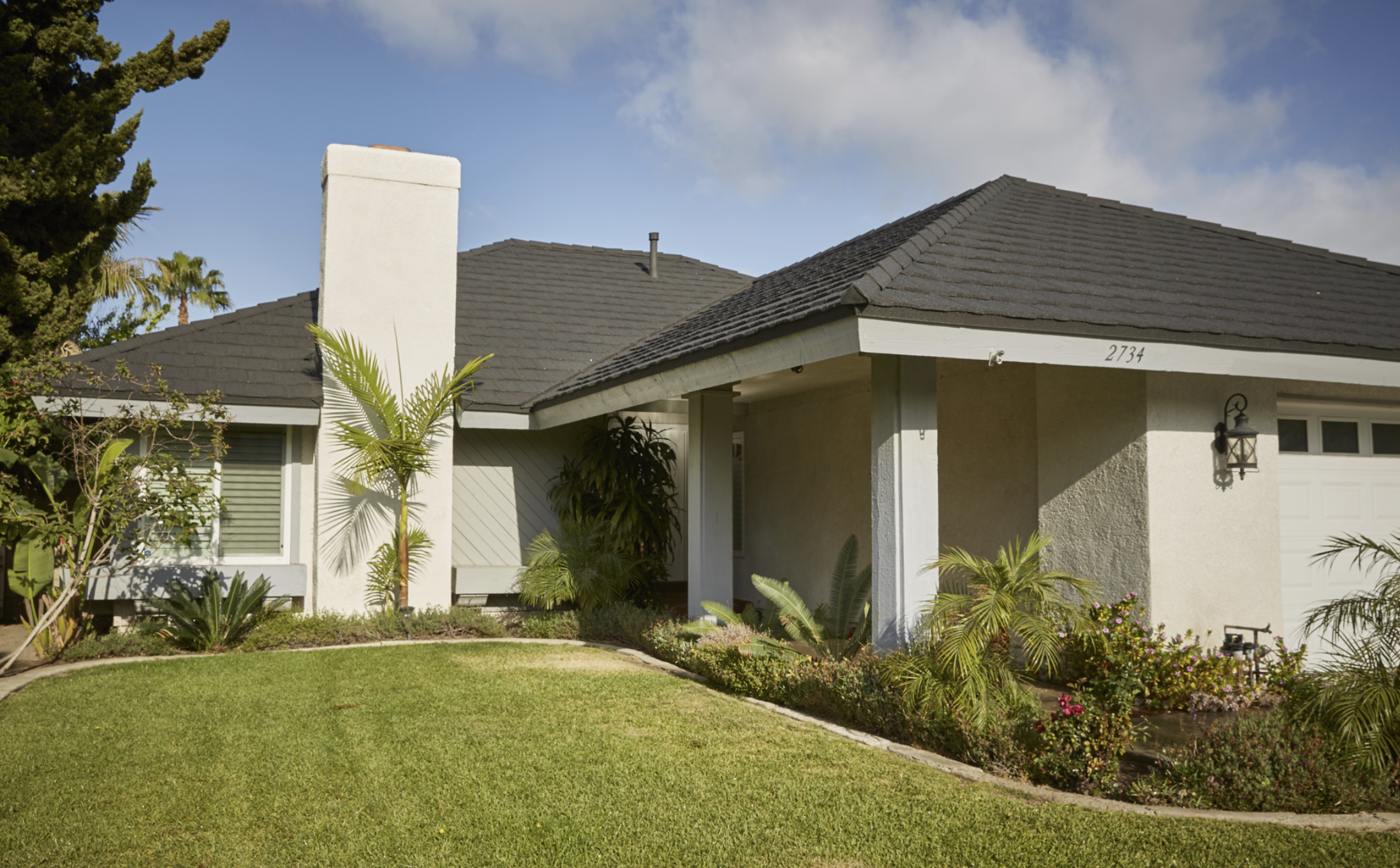On Friday, Dec. 19, 2014, President Obama signed into law the Tax Increase Prevention Act of 2014 (HR 5771). This officially extends the section 179D Tax Deduction along with over 50 other expired incentives for individuals and businesses retroactively through the end of 2014.
The Tax Increase and Prevention Act is simply a one-year extension to section 179D Tax Deduction and does not make any technical changes to the 179D Tax Deduction. The following is a clarification of the use of the 179D Tax Deduction and the applicability moving forward.
In the private sector the 179D Tax Deduction will now be available for projects placed in service from Jan. 1, 2006 to Dec. 31, 2014.
For public sector designers and contractors looking to have government/public buildings allocate the deduction to their companies, the 179D Tax Deduction will be available for open amendable tax years which for most companies will include projects placed in service from 2011 through Dec. 31, 2014.
Baseline requirements for the qualification of 179D Tax Deduction will remain 2001 ASHRAE 90.1.
The qualifying criteria and benefit will remain the same for the 179D Tax Deduction: Buildings will be able to qualify for a maximum of $1.80 per square foot if they achieve a 50 percent reduction in energy cost savings. Partial deductions are still available for lighting, HVAC and building envelope at $0.60 per square foot per category of qualification. The qualifying energy cost savings percentages remain at 25 percent for lighting, 15 percent for HVAC and 10 percent for building envelope.
179D Tax Deductions under the interim lighting rule are still available for a maximum benefit of $0.60 per square foot and could range between $0.30-$0.60 per square foot for lighting power densities reduction between 25 to 40 percent respectively. Bi-Level switching will still be required when certifying lighting projects under the interim lighting rule.
No changes were made to the type of building owners who can allocate the 179D Tax Deduction to designers and contractors. The 179D will still be able to be allocated by government owned buildings only. Private owners, non-profits, tribes, etc., will not be able to allocate the 179D Tax Deduction.
An allocation letter is still required for government/ public agencies to allocate the 179D Tax Deduction to designers and contractors. No changes have been made to the structure or requirement of the 179D Tax Deduction allocation letter.
If you have any projects or a commercial building that you would like reviewed for feasibility of 179D Tax Deduction qualification, visit Walker Reid Strategies.



Be the first to comment on "179D and Other Expired Tax Deductions Are Extended"